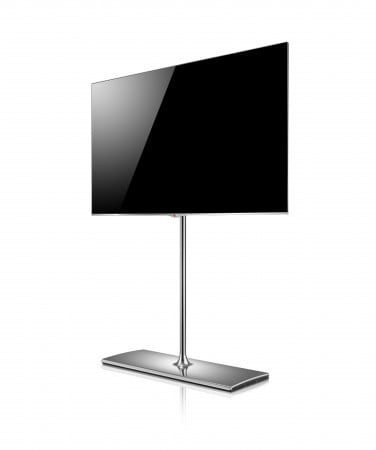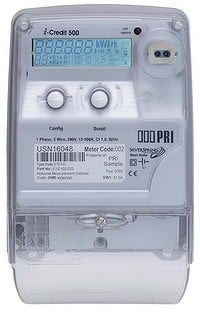8. Really, REALLY big TVs
Speaking of TVs, 2013 will see our primary entertainment displays make another leap forward. First, 4K resolutions will bring unparalleled clarity and detail to extremely large displays – 80 inches and more. Quick recap: 4K is essentially four times the resolution of current full-HD 1080p displays, and it promises to give us a home entertainment experience that’s superior to all but the very best cinemas.
Later in the year, Organic LED (or OLED) tech will radically change the way our TVs work, creating thinner, brighter displays that use less electricity. Again, the trend is toward bigger screens too. Forget 55 inches, we’re talking 80-plus. Have no doubt, 2013 is the dawning of a new generation for home entertainment – now all we need is the content to do that 4K display justice.

7. Touch your computer and wave at your TV
Smartphones and tablets like the iPad have made touchscreen control a part of everyday life. Now it’s time for our other computers to catch up. Microsoft released Windows 8 late in 2012, and it comes with a new user interface called Metro. Why is that important? Because Metro is optimised for touch control.
Throughout 2013, you’ll see notebook PCs and all-in-one desktop models equipped with touchscreens. A 23-inch monitor big enough to do the most fiddly spreadsheet work on will also respond to the same touch gestures as your tablet.

Meanwhile, your TV is too far from the couch for touch… but what about waving? There are already wave-gesture-capable models on the market, and this tech is set to percolate down from the high end in the year ahead.
6. Living in the cloud
Storing files on a hard drive has been part of life since, well for at least 20 years now. And if your hard drive crashed – and you were slack about backups – you lost it all. In the last 18 months, many different ‘cloud’ services have cropped up, and they’ll only become more central to your life in 2013.
Obviously having somewhere to keep your precious photos and important documents is extremely useful, but cloud services – coupled with a fat internet pipe – also free you from needing to cart around gigabytes of content on your mobile device or even store it on some kind of home file system.

You download stuff only when you want it. Your expensive digital music and movie collection will at last be uncoupled from your actual devices – and immune to being dropped in the toilet or stepped on by a toddler.
5. Smart metering
Tech has splintered into a thousand different and interconnecting segments, but they all have one thing in common: they run on electricity. With power bills soaring and networks pushed to breaking point (or maybe not, depending on whose rhetoric you believe), it’s no longer acceptable to just flip a switch and then freak out at your bill once every 90 days.
Smart meters – when you chose to install them – give you control of your electricity usage. Smart meters – when installed by your electricity provider – maybe give them the ability to charge you like a wounded bull at peak times. Odds are you’ll end up with some kind of smart meter by the end of 2013, but this will be the hot button topic when it comes to consumer electricity, mark our words!

4. Paywave and NFC
As highly connected early adopter supergeeks, we find it increasingly weird the way the automated checkout at the supermarket demands little slips of plastic as payment, and spits out little bits of paper as acknowledgement of that payment. What’s worse, these things are so slow when it comes to handling coins.
More and more points of sale are upgrading to near-field-communication (or NFC) systems; PayWave is just one standard. Today, a chip in your traditional credit card authorises the transaction. Hopefully some time in 2013, it will become legal for the NFC functionality in your phone to do the same.

You don’t always have the right change, but you do always have your phone. NFC might not kill cash, but it will probably ultimately kill the plastic credit card, and 2013 will be the beginning of that end.








